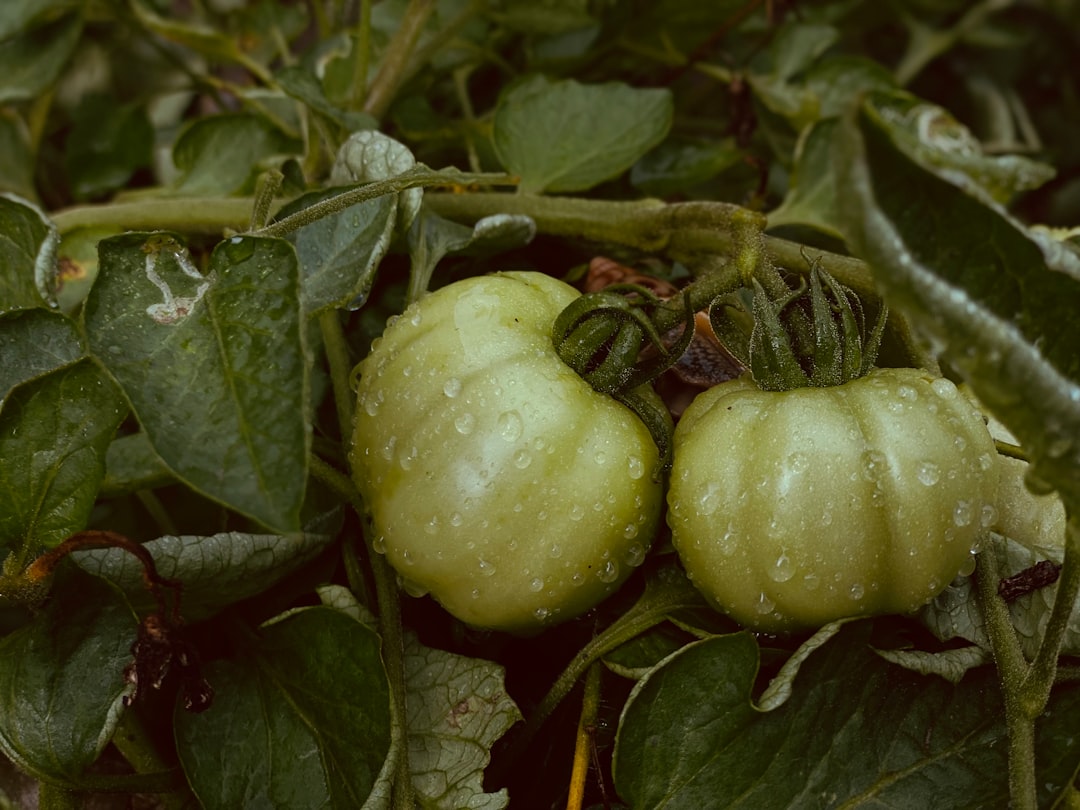Unleash the Flavor: Indoor Microgreens for Year - Round Delights

In the world of gardening, there's a growing trend that combines convenience, freshness, and a burst of flavor: growing microgreens indoors. These tiny, nutrient - packed greens are not only a feast for the eyes but also a game - changer when it comes to enhancing the taste of your favorite dishes. Let's explore some of the best microgreens to grow indoors and how they can transform your culinary experiences.
**What are Microgreens?**
Microgreens are young vegetable greens that are harvested just after the first true leaves have developed. They are smaller than baby greens but larger than sprouts. These greens are known for their intense flavors, vivid colors, and high nutritional value. They can be grown from a wide variety of seeds, including those of vegetables, herbs, and grains.
**Benefits of Growing Microgreens Indoors**
One of the main advantages of growing microgreens indoors is that you can have a fresh supply of greens all year round, regardless of the weather outside. This is especially beneficial during the winter months when fresh produce can be scarce. Additionally, indoor microgreens are easy to grow, requiring minimal space and equipment. You can grow them on a windowsill, a countertop, or even in a small closet. They also grow quickly, usually ready for harvest within 7 - 21 days, depending on the variety.
**Best Microgreens to Grow Indoors**
1. Basil Microgreens
Basil is a classic herb with a sweet, slightly peppery flavor. Basil microgreens have a more concentrated flavor than mature basil leaves, making them a great addition to salads, pasta dishes, and pizzas. They are also rich in antioxidants and have anti - inflammatory properties. To grow basil microgreens, simply sprinkle the seeds on a tray filled with moist potting soil, cover them lightly with soil, and keep them in a warm, sunny spot. Water them regularly, and they should be ready to harvest in about 10 - 14 days.
2. Radish Microgreens
Radish microgreens have a spicy, peppery flavor that adds a kick to any dish. They are a good source of vitamin C, potassium, and folate. These microgreens are also very easy to grow. Sow the radish seeds on a well - drained soil tray, mist them with water, and place them in a bright area. They will germinate quickly, and you can harvest them in as little as 7 - 10 days. Radish microgreens are perfect for adding a zesty flavor to sandwiches, tacos, and stir - fries.
3. Sunflower Microgreens
Sunflower microgreens have a nutty, sweet flavor and a crunchy texture. They are packed with protein, fiber, and vitamins A, C, and E. To grow sunflower microgreens, soak the sunflower seeds overnight, then spread them on a tray with a layer of soil. Keep the soil moist and place the tray in a sunny location. They will grow rapidly, and you can harvest them in about 10 - 14 days. Sunflower microgreens are great in salads, smoothies, and as a topping for soups.
4. Cilantro Microgreens
Cilantro is a popular herb in many cuisines, known for its fresh, citrusy flavor. Cilantro microgreens have a more intense flavor than mature cilantro leaves. They are rich in vitamins K and C and have antibacterial properties. Sow the cilantro seeds on a tray with moist soil, cover them lightly, and keep them in a warm, well - lit area. They will be ready to harvest in about 10 - 14 days. Cilantro microgreens are a wonderful addition to Mexican, Indian, and Thai dishes.
5. Kale Microgreens
Kale is a superfood, and its microgreens are no exception. Kale microgreens have a milder flavor than mature kale leaves and are easier to digest. They are loaded with vitamins A, C, and K, as well as calcium and iron. To grow kale microgreens, sprinkle the seeds on a tray of soil, water them gently, and place the tray in a sunny spot. They will grow steadily, and you can harvest them in about 14 - 21 days. Kale microgreens are great in salads, omelets, and as a garnish for soups.
**Tips for Growing Microgreens Indoors**
When growing microgreens indoors, it's important to use high - quality seeds and a good potting soil. Make sure the soil is moist but not waterlogged. You can use a spray bottle to mist the soil and keep it evenly moist. Provide adequate light for the microgreens. If you don't have a sunny window, you can use grow lights. Keep the temperature in the growing area between 60 - 75°F (15 - 24°C) for optimal growth. Also, make sure to harvest the microgreens at the right time. Use sharp scissors to cut them just above the soil level.
In conclusion, growing microgreens indoors is a rewarding and practical way to enjoy fresh, flavorful greens throughout the year. With a little effort and the right knowledge, you can have a thriving indoor microgreen garden that will elevate the taste of your meals and provide you with a healthy dose of nutrients.